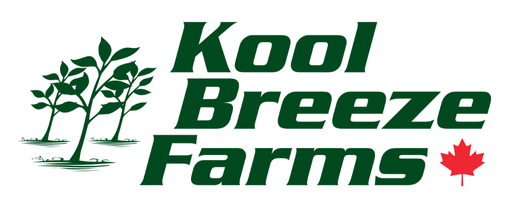Here are simple guidelines from Steph to help you get started growing veggies inside.
What you need:
- Seeds: Try lettuce, beets, spinach, broccoli. We carry some great options including seeds specifically for growing microgreens – try the Veseys spicy blend.
- Good quality soil.
- Perlite for the top of the soil to help with aeration and moisture control. Perlite will help prevent “damping off,” which is when excess moisture results in fungal disease that kills the seedlings.
- The right container for your space. This depends on how much space you have and what you are planting. We use a standard black tray with no holes to keep from making a mess. You can also use fiber pots or peat pellets. All seed packages provide the depth at which to plant the seeds; follow those instructions on deciding what container you need.
- A dome helps with soil moisture retention when the seeds are first germinating and growing.
- A heat mat will help keep the seeds warm and help with germination.
- During the winter months the days aren’t long enough to give your plants enough light. You will need an additional light source such as a SunBlaster light bulb and you can install one in a lamp that you already have. We also carry the strip lights that you can hang and light up a larger area. There are lots of different sizes to choose from.
- Once the second set of true leaves appear you should start feeding. When first fertilizing only use a half strength mix of what they recommend. We carry a Miracle Grow water soluble all purpose plant food that works well. We also carry a selection of plant foods approved for organic culture, and others that are formulated for specific vegetables and fruits. Seafood and seaplant-based fertilizers are also popular.
View some of our seed starting supplies here. Once you picked out all your items that you will need, the next step is to plant.
How to plant:
We don’t recommend planting into dry soil, so make sure you moisten the soil before planting. You want to make sure the soil doesn’t have any big chunks in it. Smooth it out evenly on your tray, leaving about 1” at the top. If you decide to use peat pellets you want to let them soak in water overnight so they can rise up. Always check your package of seeds for instructions on what depth to plant before sowing.
After placing your seeds, sprinkle some of your soil on top to cover them. Then sprinkle perlite over the top of everything. Give them a drink of water but no fertilizer until the second true leaves emerge. Place the heat mat on the table or wherever you are growing your veggies and put your tray on top. Put your dome on, but do not close it tight because you still want some air movement. Turn your lights on and set them on a timer for 16 hours on, 8 hours off. Patiently wait for your seeds to germinate.
If you’re planting lettuce, spinach, microgreens, kale, or swiss chard, you can leave them in the tray and cut them when they are ready. The nice thing about these is they will regrow once cut. If you are growing items like cherry tomatoes, peppers, and herbs you will eventually need to repot into larger pots.
Visit us for all the supplies you’ll need to grow veggies indoors.
We carry a kool little tabletop mini greenhouse called the Nanodome with a grow light included. Check out this video where Steph demonstrates how to use one.

